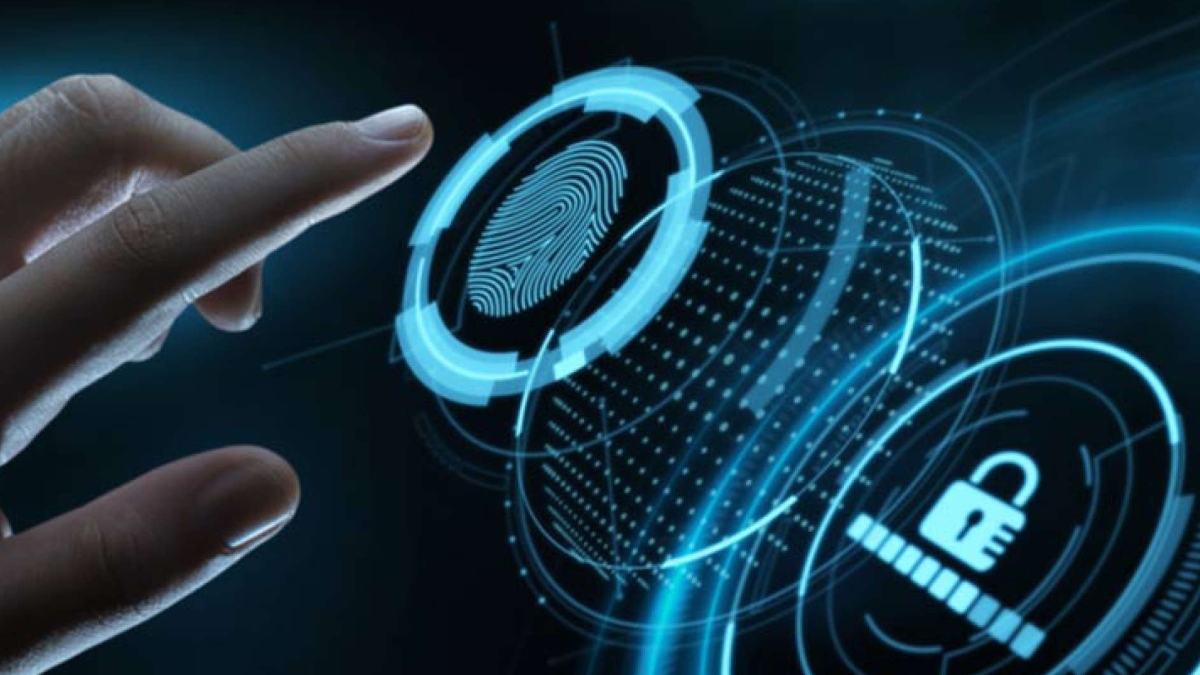Biometric security is the most robust and accurate physical security mechanism to recognize and identify people by verifying their conduct or physical characteristics. It is currently the most powerful physical security technique used for identity verification. Biometrics is primarily utilized in security frameworks of environments with essential security prerequisites or are subjective to theft and damage. Few critical characteristics, which are constant for instance, fingerprints, voice, retinal patterns and facial recognition are stored in such systems as ‘templates’. When trying to access the system, the biometric security system scans the available person’s characteristics-the face, fingers, irises and veins for unique traits, evaluates them, and uses a complex algorithm to match them with stored records. If the available data matches stored data, the person is given access to the facility or device.
Biometric Access control has acquired acknowledgement because of the limited outcome of physical checks in shielding essential resources in a world that constantly develops more hazardous with each passing day. Therefore, conditional access through biometric security has become absolutely necessary to secure assets against theft and misuse by miscreants.
The current arrangement of passwords and PINs needed to access financial services has drawn criticism because of the meteoric rise in hacking incidents. The passwords and PIN powered framework are at the mercy of programmers/ hackers, who utilize the hacked information to draw assets from the victim’s account.
An ever-increasing number of organizations are perceiving and recognizing the advantages that biometric security devices can bring -not just in securing physical environments but also in computers and business assets resources. For example, unauthorized persons can be restricted from accessing secure networks and systems in corporate structures. Besides, because of compliance regulations, it should be guaranteed that only certain representatives or employees have access to sensitive records and that workflow processes are followed precisely. Passwords are not great for delicate information and data, as colleagues can share them. All things being equal, associations can utilize biometrics to regulate server or PC access.
Organizations’ use of biometric security frameworks can profit from outrageous precision and unparalleled security of restricted data. When caught accurately, fingerprints, retinal sweeps, and iris designs produce a fascinating and unique database. Moreover, when a worker or client is signed up for a biometric security framework, programmed recognizable proof can be performed consistently, rapidly, and with minimal training.
The advantages of biometric authentication and digital applications have made it widely used at airports, retail stores, law enforcement, medical centres, and especially banks. High security and assurance offered by biometric identification provide the answers to help verify a person’s identity. In addition, it is convenient and fast user experience makes it more attractive for private, public, and government organizations. Moreover, everyone has a unique set of biometrics, which is non-transferable and therefore is hard to fake or steal.
Banks heavily rely on biometric security systems to secure their customer’s finances. Many banks with mobile apps allow user authentication via biometrics such as facial recognition, fingerprint scanning, and voice verification. On the other hand, various banks use a combination of these biometrics when combined with biometrics, multi-factor authentication can create a nearly impenetrable layer of security.
Numerous Southeast Asian nations like Japan and South Korea have proceeded with Biometric security by installing Biometric Access at ATMs and other public facilities to shield financial data.
The Author is Financial Expert and Founder, Ezeepay























